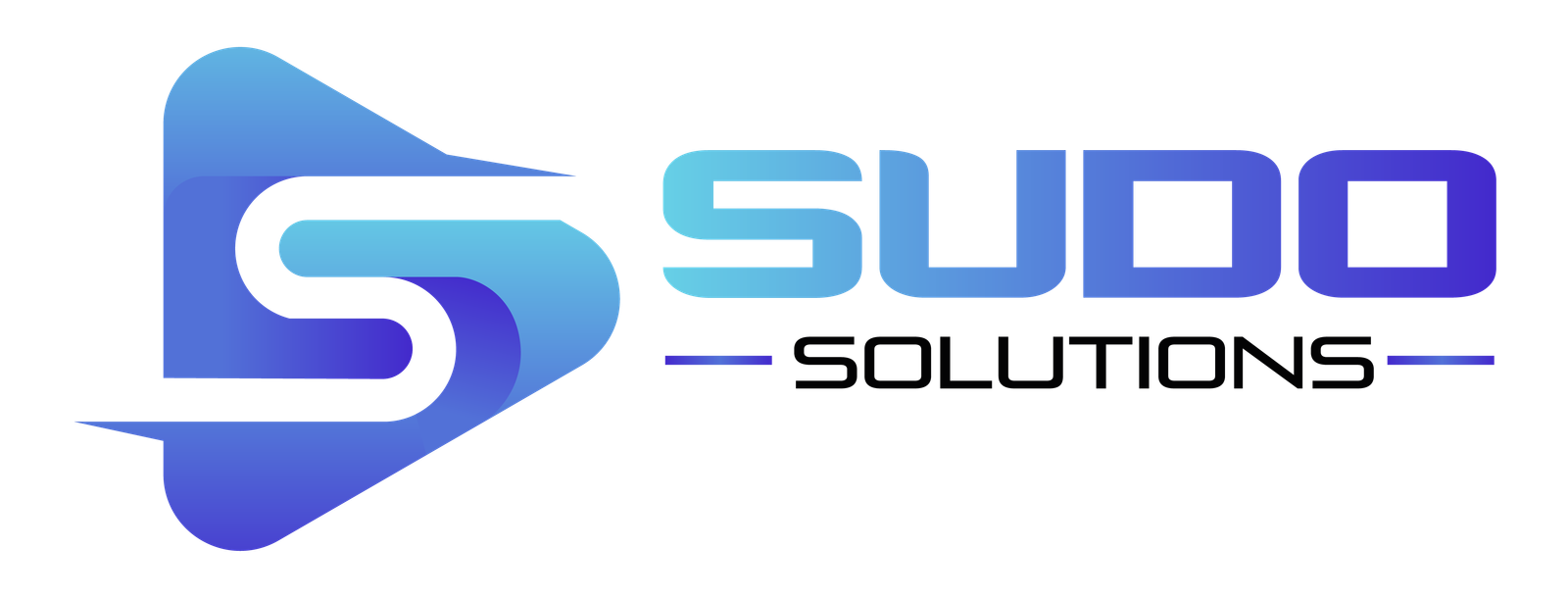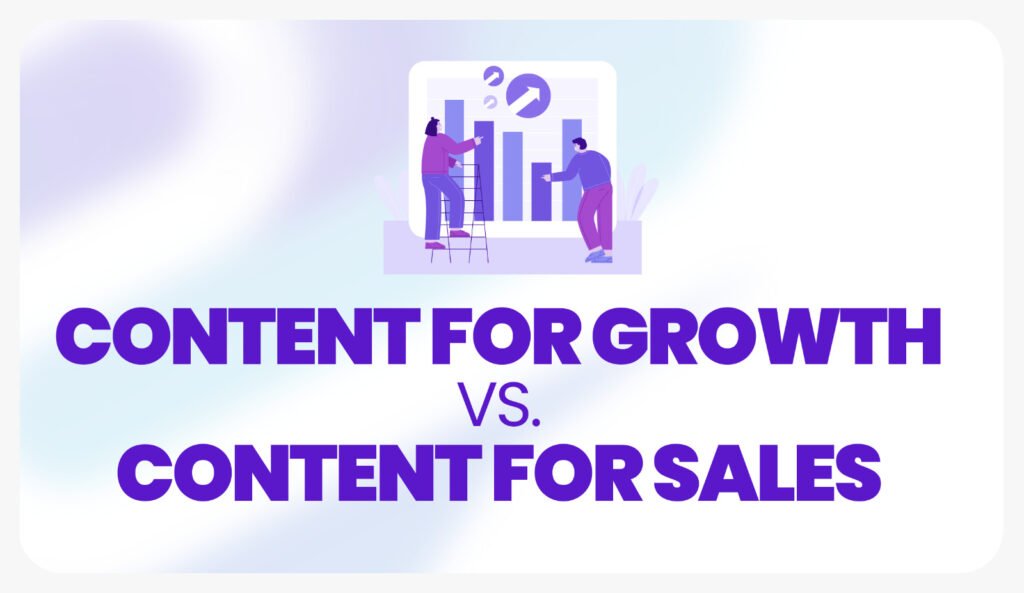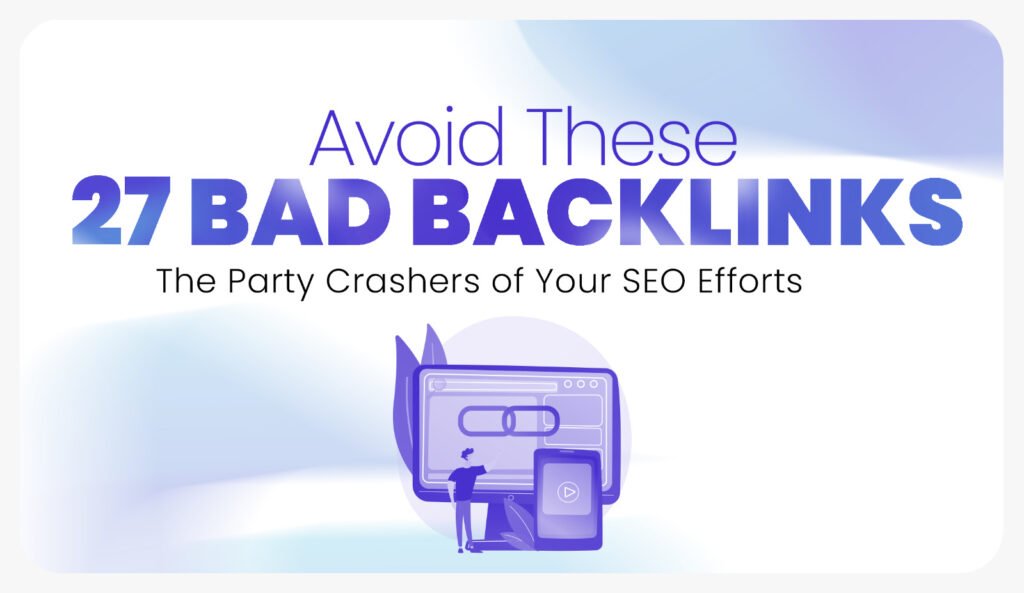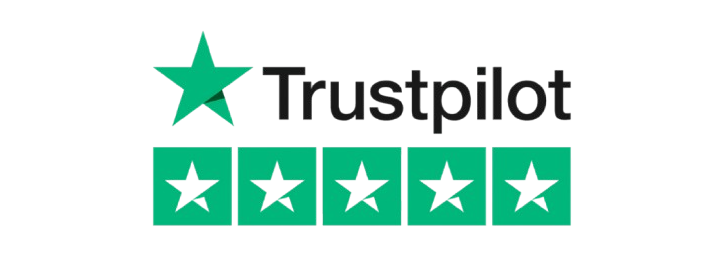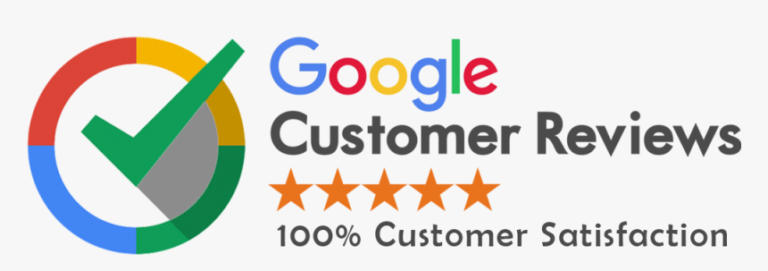Businesses today face intensive competition within the digital platforms, and as such they are always looking for ways to unlock customers’ engagement, customer loyalty and ultimately customer conversion. Despite the fact that both growth-oriented content and sales-oriented content are important vehicles in marketing, their tasks are different. It is vital for marketers to understand these two types of content to ensure they have close to perfect strategies that will help them in creating excellent content that benefits the business in the short-term and long-term.
In this blog, I delve deeper into content for growth and content for sales and use examples to show how each will work.
What is Content for Growth?
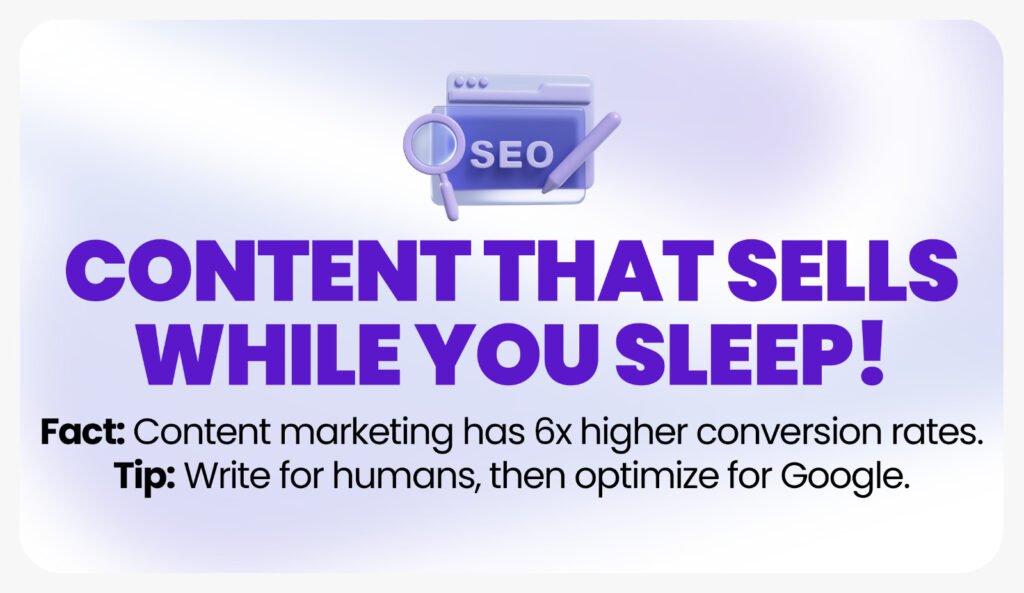
Content for growth is used in the long-term view aimed at building higher expertise and authority, attracting more people, and bonding with sure-asbestos consumers. It is not about the book sales, but building a base of those who will follow the advice given by the brand and, whether they will become clients or become advocates for the brand. Growth content is commonly associated with being informative, and targeted at gaining a larger organic audience.
Characteristics of Content for Growth
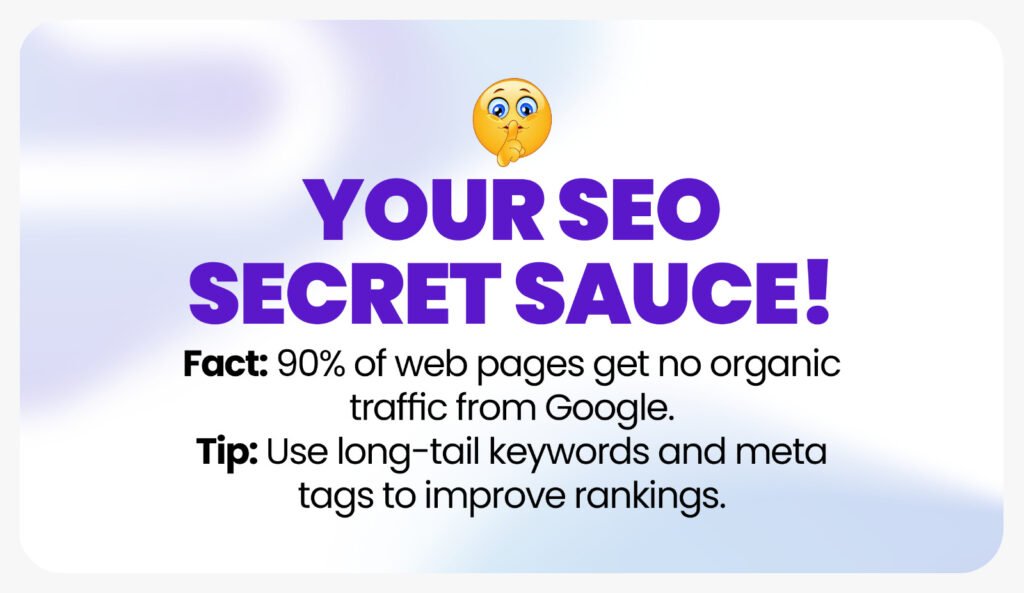
- Educational Value: Again, a growth content is a form of content marketing that delivers value in that the readers’ issues are aired, questions posed, solutions availed and all done without a commercial twist.
- Consistency: Periodically, growth-oriented material contributes to brand recognition and customer credibility because they learn to trust the brand.
- SEO-Oriented: It often forms one of the key content types for a website that is aimed at attracting organic search traffic. It entails the use of keyword and SEO to cast a wide net within the industry by focusing on areas and topics.
- Long-Term Play: It lies in the process of fostering a long-term relationship with potential customers in the customer’s journey.
- Engagement and Community Building: Growth content creates engagement amongst users; they create dialogues, feedback, and authoritative tendencies in users.
Types of Content for Growth
- Blog Posts: Standard news articles; articles for the purpose of providing knowledge.
- Guides & Ebooks: More detailed sources about particular matters.
- Case Studies: Showcasing success stories.
- Podcasts & Webinars: Internet domains for communicating with an audience.
- Infographics: Easy to understand visual content that helps to introduce or describe certain subject areas.
Example of Content for Growth
HubSpot’s Blog: HubSpot creates articles on matters with respect to marketing, selling and customer support on a regular basis. Their content is not directly selling but gives tips and information to their target group. Through content that provides industry insight, HubSpot has cultivated readership that sees them as experts; cultivating the growth of their software tool.
What is Content for Sales?
Sales content is created primarily with the aim of generating a desirable customer action. Its main concern is about promoting a product or service to potential consumers who are already in the market for a product or service. It is used often at the bottom of the funnel, when leads have been pre-sold and are ready to buy. It appears to be more straightforward, practical and compelling.
Characteristics of Content for Sales
- Persuasive: Sales content therefore contains a clear call to action informing readers when to buy, subscribe or use the product/ service.
- Product-Centric: Whereas, growth content focuses on the features, benefits, and the USPs of the product/service being promoted whereas the sales content is more pointed in the same.
- Targeted: This type of content targets mainly specific buyer profiles or specific stages of the customer’s journey to avoid publishing content for prospects who are not yet willing to take action.
- Short-Term Focus: The focus is on the first-time conversion, which means buyers are targeted with the goal of making a sale or getting them to complete a specific action.
- Data-Driven: Sales content is typically fine tuned with A/B testing, analytics as well as performance assessments in order to deliver bottom line results.
Types of Content for Sales
- Landing Pages: Now folks, there are two primary types of pages, namely; targeted pages where they take a specific action from the page.
- Product Descriptions: That’s why people’s attention to the listed features and their emphasis on benefits are accompanied by detailed descriptions of their advantages.
- Sales Emails: Targeted emails based upon user requirements.
- Testimonial Videos: Word of mouth and recommendations as a way of creating trust with customers.
- Special Offers: Those offers that involve time-sensitive strategies that create a sense of urgency.
Example of Content for Sales
Amazon’s Product Pages: Currently the company employs a hard selling format of product pages which contain reviews of the products, rating and detailed descriptions to compel customers to make immediate purchases. It has “Buy Now” buttons, scarcity elements such as “Only 2 left in stock!” or “You are buying this because you were recommended this product,” so it is a perfect example of content that is created for selling.
Key Differences Between Content for Growth and Content for Sales
Objective
- Growth Content acts as a foundation so that there will be awareness, trust, and thought leadership over time.
- Sales Content is more about making an immediate call-to-action, target being a sale, a lead or any tangible action.
Audience
- Growth Content is used at the awareness stage of the funnel, which is aimed at untargeted prospects. Such people cannot be considered as potential buyers but they are interested in information or a solution.
- Sales Content is aimed at a more defined, and, as a rule, a less numerous audience that has a definite desire to buy. This group is the lowest level in the funnel in terms of sales.
Tone and Style
- Growth Content is usually relevant, beneficial and offers some sort of learning. This eliminates to some extent the idea of going ‘overboard’ and overly selling the product and becoming just a promoter of it, where the emphasis is gradually shifted to delivering value.
- Sales Content is defined as being simpler, more forcefully assertive and more immediately assertive and directive in its mode of address. It uses features like urgency, scarcity and others to make decisions.
Content Format
- Growth Content also comprises the more informational pieces which includes the blogs, whitepapers, case studies and guides, which are designed to help elicit an active response from the audiences.
- Sales Content applies product demonstrations, landing pages, special offers, and sales emails to call for action.
Balancing Content for Growth and Sales
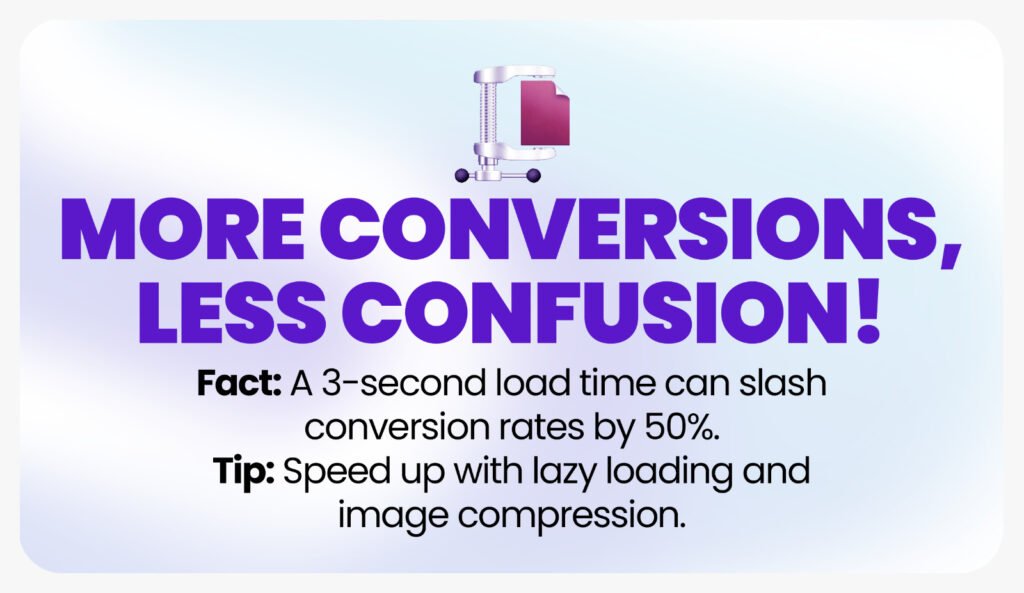
Creating both forms of content is necessary for sharing valuable information but achieving this in the best proportions is desirable. A business that only creates content linked to sales will ensure they make a sale now but in the process, they may push away their audience by being too persuasive. A firm that only delivers growth content may fail to convert the audience it reaches into its customers.
How to Balance
- 80/20 Rule: Many recommend that your social media posts should be mostly educational (growth content) accounting for 80% while promotional (sale content) be at 20%. This helps the brands to create value in the minds of their audience before they can make a sale.
- Funnel Approach: Broadly categorize your content according to the stages in the buyer’s journey matrix. Target the upper and upper-mid funnel viewers with growth content and the bottom of the funnel viewers with sale content.
- Measure and Optimize: It is necessary to apply analytics to track the performance of both kinds of content continuously. Find out that some formats, topics, and approaches work better than others and use this information to your advantage.
Latest Examples of Balancing Growth and Sales Content
- Shopify’s Content Hub: This concerns equal content for both growth and sales on Shopify. They share content that is aimed at growth with their readers including internet marketing trends and strategies for small businesses while their landing pages and product demos are business focused. Shopify also has free resources (including the business name generator, which serves as growth content) that help maintain traffic, while using it for lead generation for future sale.
- Ahrefs YouTube Channel: Ahrefs is an SEO tool and company that creates content educating people about SEO (growth content) and while doing so, they occasionally also promote their software (sales content). Their educational content provides credibility and when the client is ready to invest in SEO tools, Ahrefs comes to mind.
Conclusion
The terms content for growth and content for sale may sound like opposite; these two types of contents are equally crucial for a company’s marketing strategy. Whereas, growth content nurtures the long-term relationship with your audience and increases organic traffic, sales content aims at the sale for the short-term. Only by identifying the differences and then using each appropriately can businesses create a proper content strategy that will engage audiences and drive revenue.
